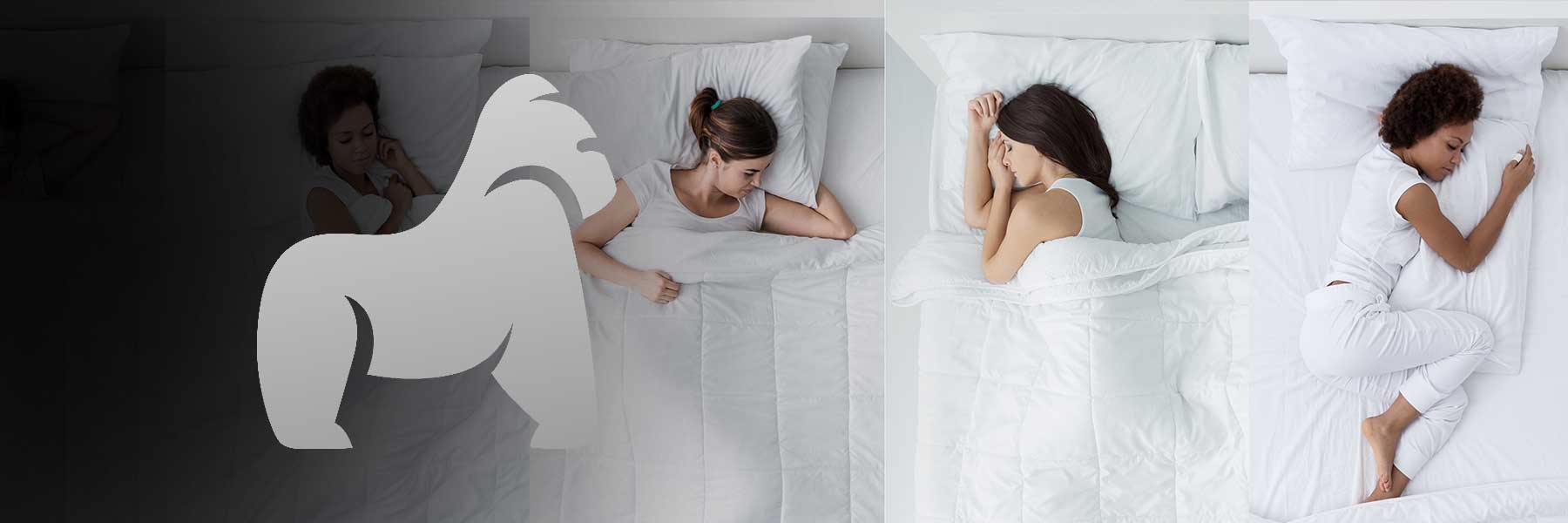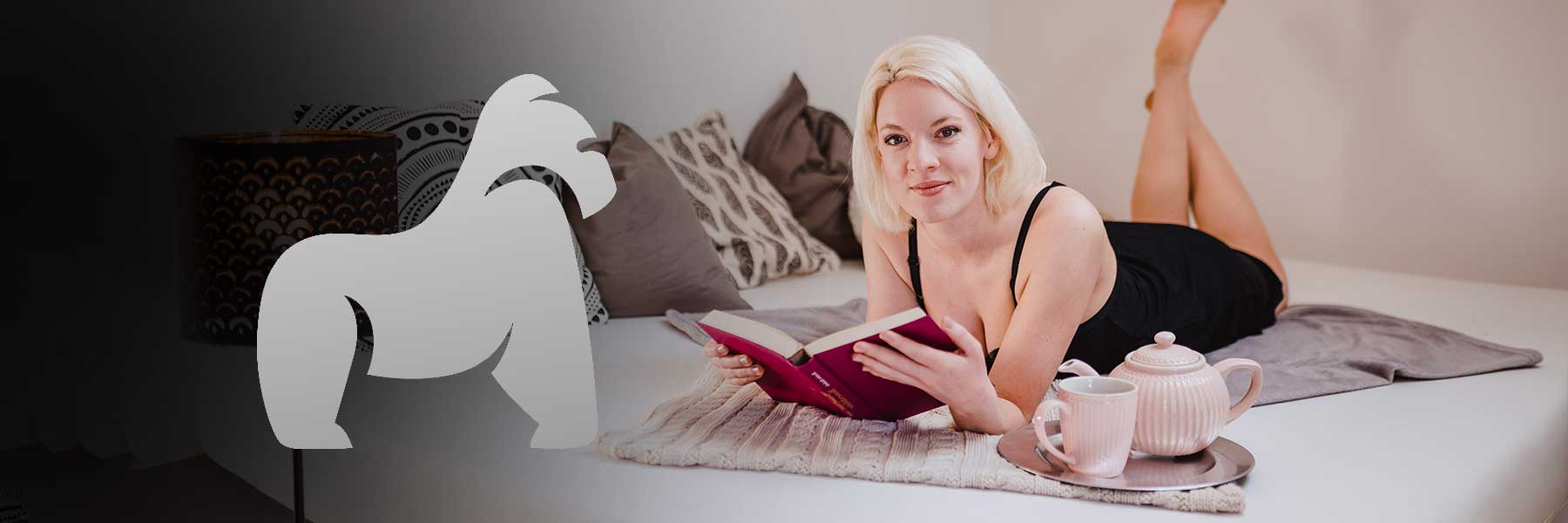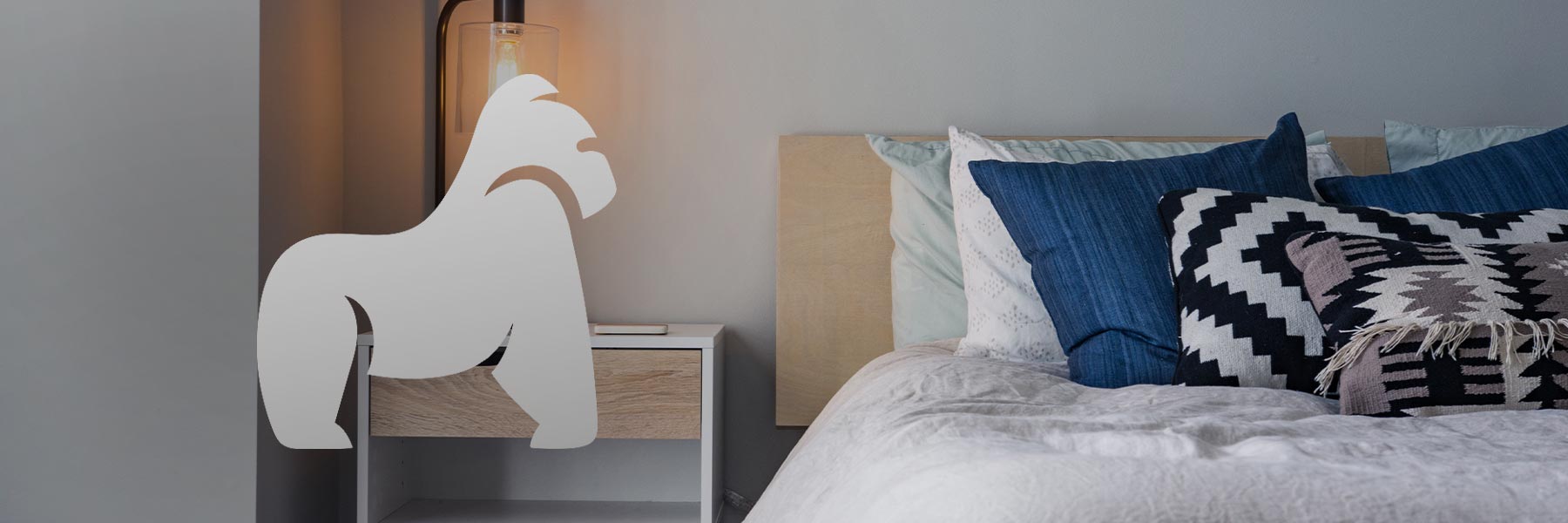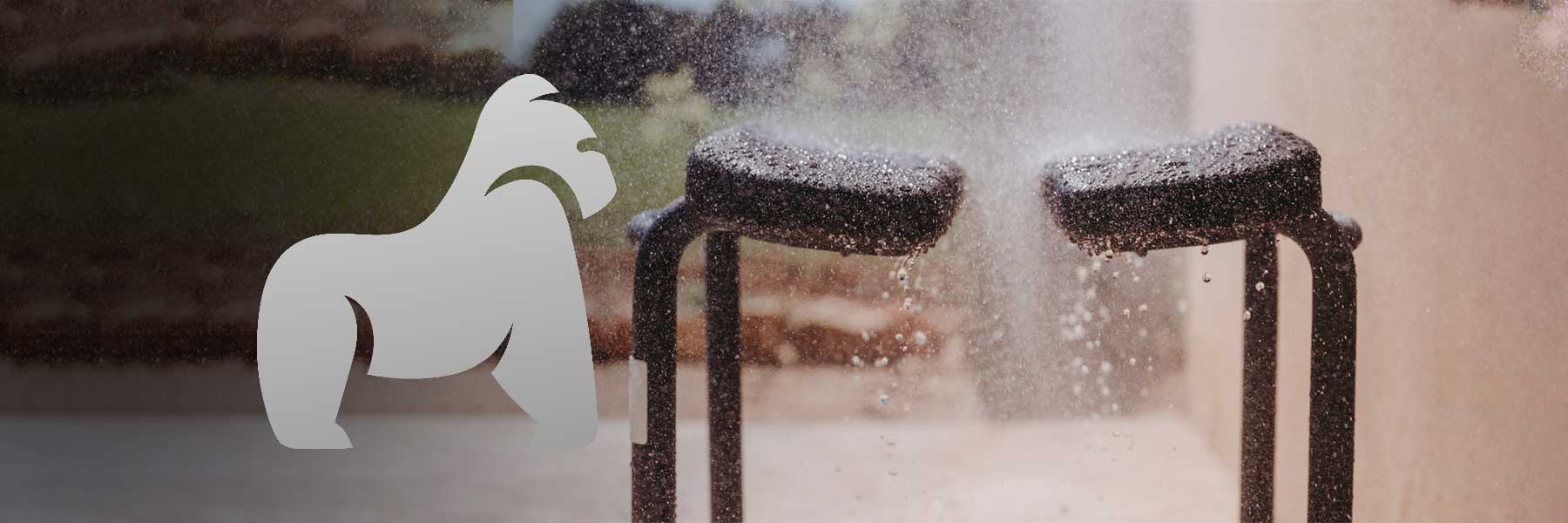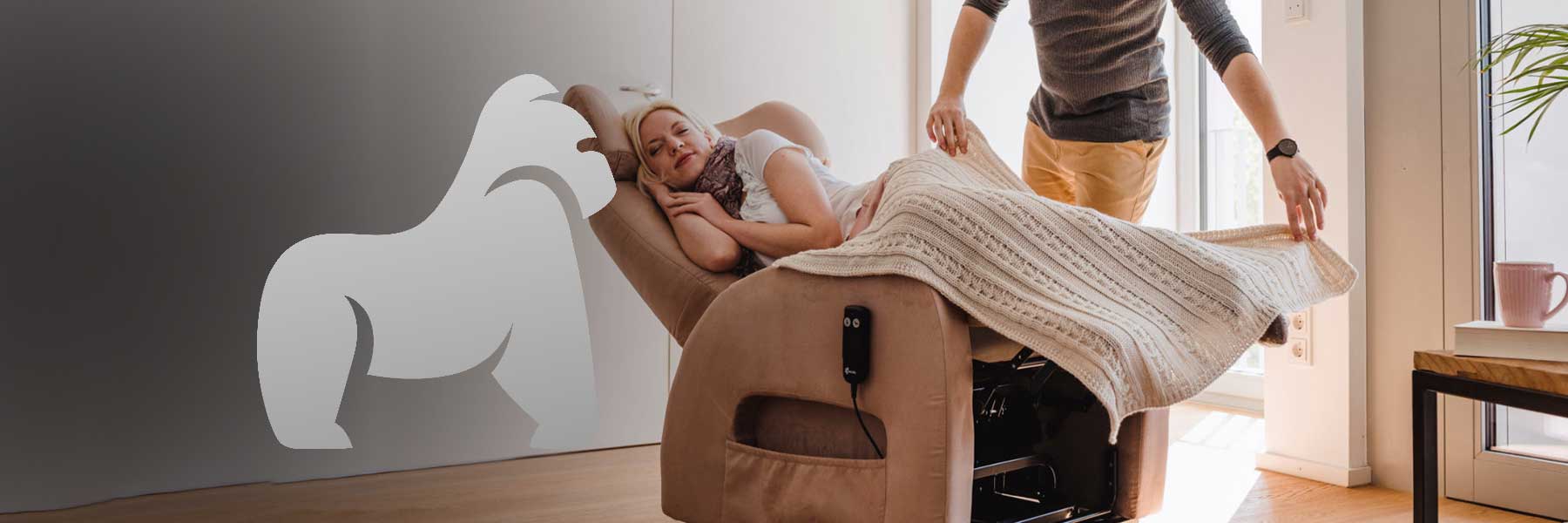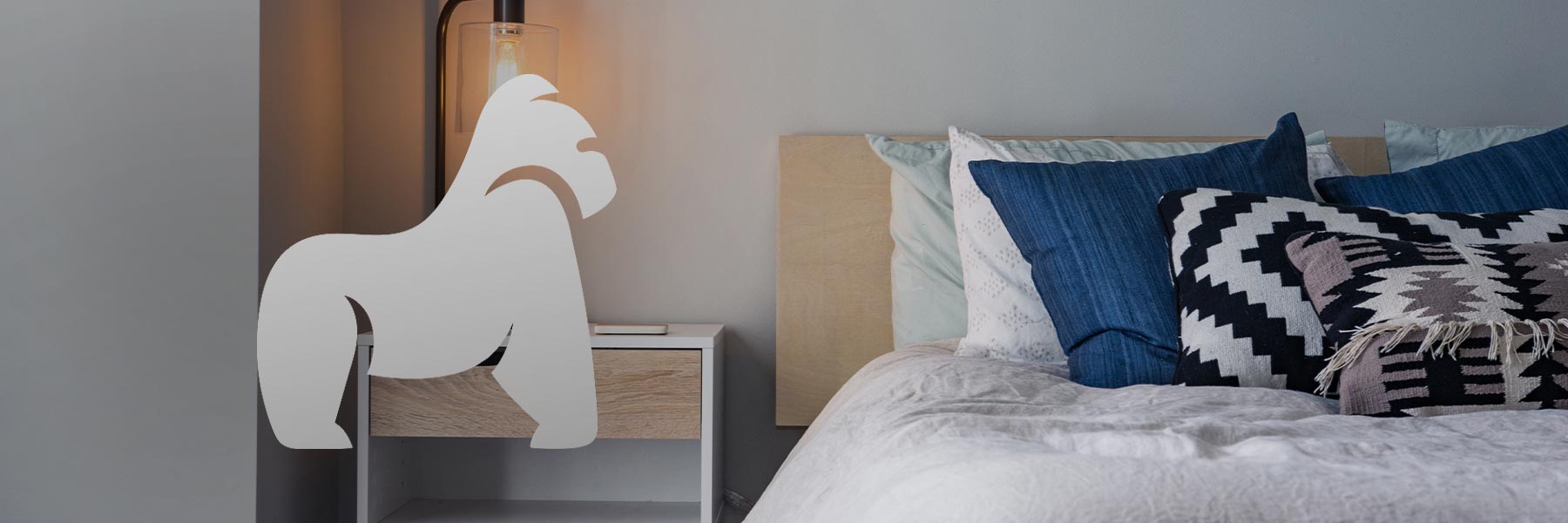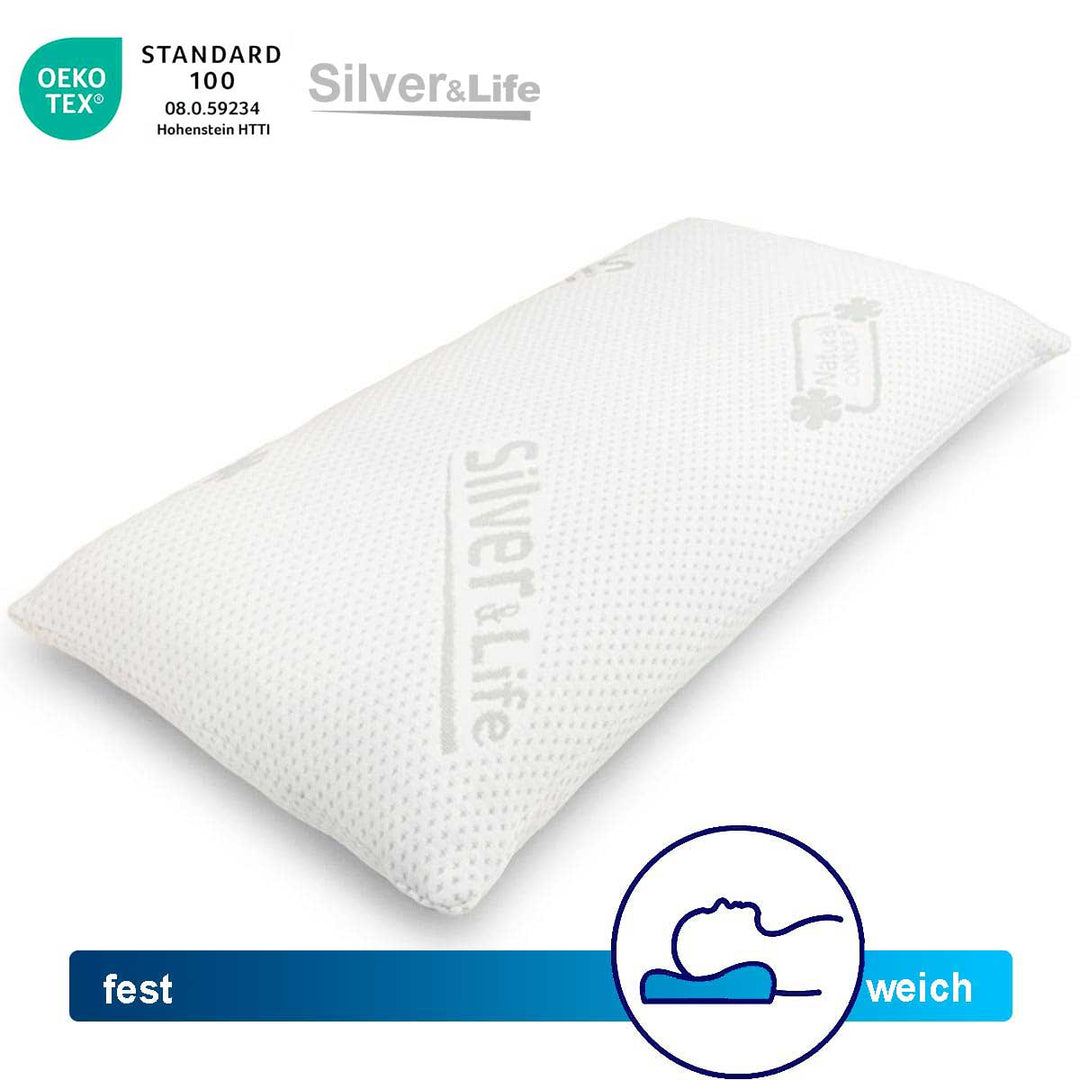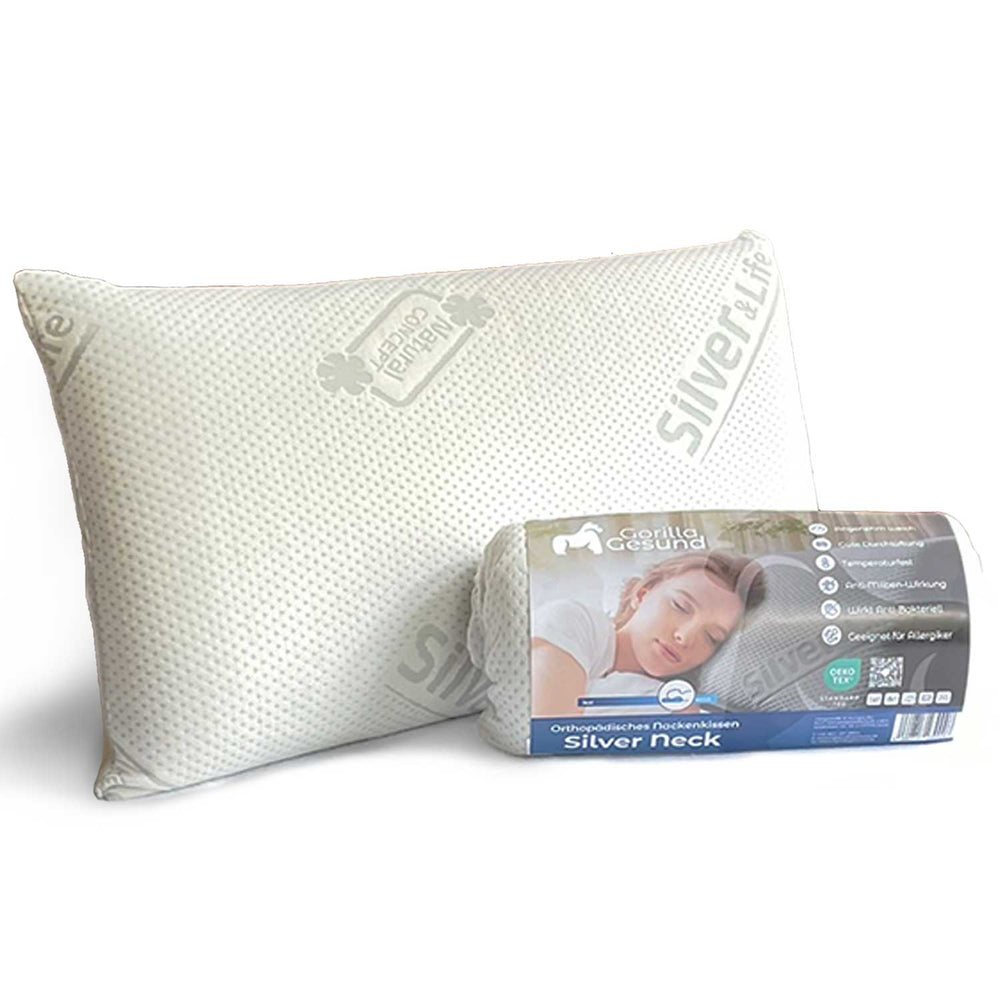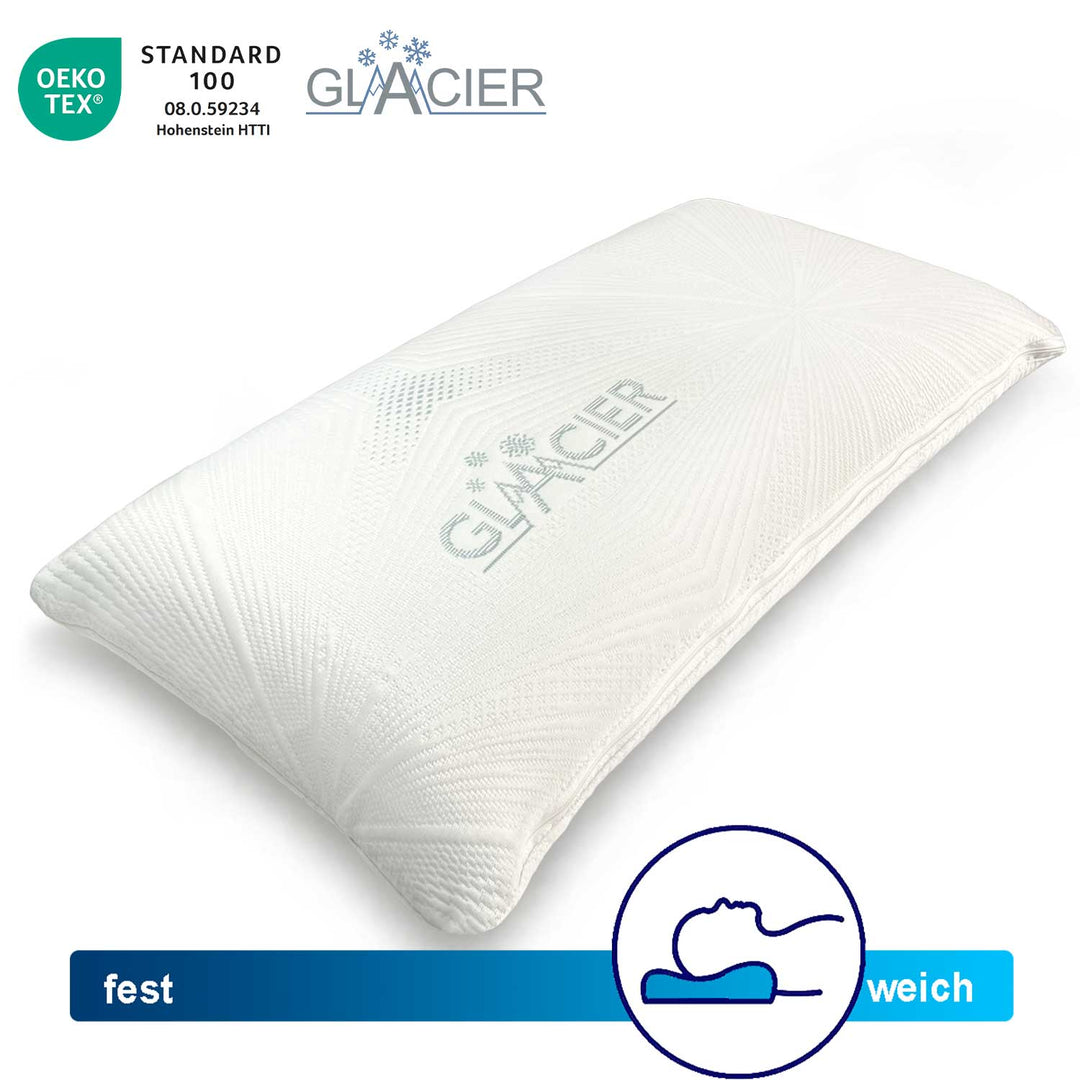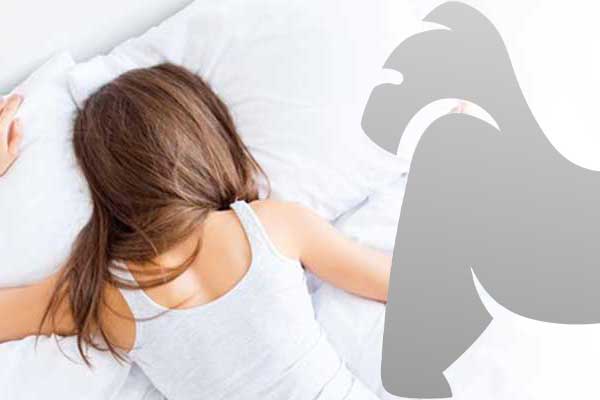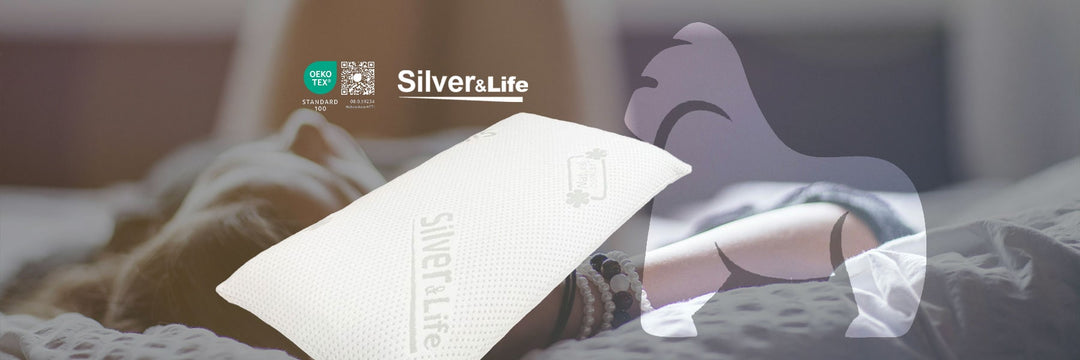A good sleeping posture protects your back
Almost everyone knows that good posture is important. But good posture does not only refer to sitting and standing. The muscles and ligaments of your back relax and heal themselves while you sleep. To protect your back, good posture while sleeping is therefore important.

Here are some tips to help you sleep better:
1. Choosing a mattress
There are few scientific studies on which mattress is best against back pain or for maintaining a healthy back. The right mattress for you lets you wake up rested and free from pain or discomfort. Unless you suffer from a condition that requires a specific type of mattress, you should choose a mattress that supports the natural curves of your spine and is comfortable.
If you sleep with a partner, you should have enough space to get into a comfortable sleeping position. Consider replacing your mattress every 6 to 8 years. If you suffer from back problems, consult your doctor or physiotherapist about which type of mattress is best suited for you.
2. The right pillow
Sleeping pillows are not only meant for your head and neck. Depending on your sleeping position, additional pillows can help keep your spine in the correct position. The pillow for your head should support the natural curve of your neck and be comfortable. A pillow that is too high can put your neck in a position that causes muscle tension in the back, neck, and shoulders. Accordingly, choose a pillow that keeps the neck in line with the chest and lower back. Your pillow should be adjustable so you can sleep in different positions. Replace your pillows about every two to three years.
3. Alignment
Regardless of your sleeping position, you should try to keep your ears, shoulders, and hips aligned:
If you sleep on your back, a small pillow under the knees reduces the strain on your spine and supports the natural curve in the lower back. The head pillow should support your head, the natural curve of your neck, and your shoulders.
Sleeping on your stomach can strain the back because the spine can most easily be moved out of its natural position. Placing a flat pillow under the abdomen and pelvic area can help keep the spine in better alignment. If you sleep on your stomach, a flat head pillow should be used, or try sleeping without a pillow.
If you sleep on your side, a firm pillow between the knees prevents your top leg from pulling the spine out of alignment and reduces strain on the hips and lower back. Draw your knees slightly up toward your chest. The pillow for your head should keep your spine straight. A rolled-up towel or a small pillow under your waist can also help support your spine.





